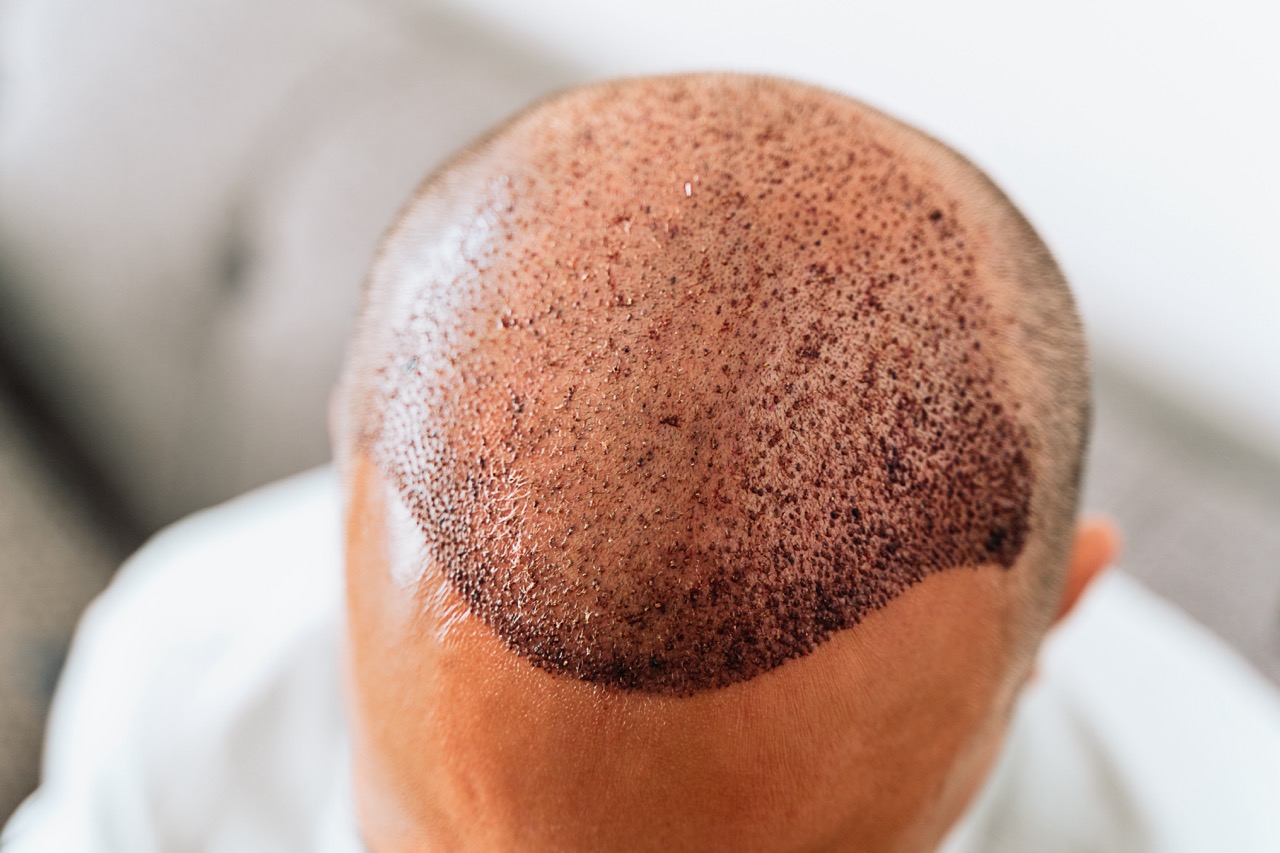Are Hair Transplants Worth It for Mild Hair Thinning?
Hair transplantation is often thought of as a solution for significant baldness or receding hairlines, but many people with only mild thinning wonder if it’s worth considering. The answer depends on a variety of factors, including the extent of the thinning, the patient’s goals, and the long-term expectations. For some, a hair transplant may be the ideal way to restore a full, natural-looking appearance even if their hair loss is relatively minor. Here’s what to consider when deciding if a hair transplant is the right choice for mild thinning.
Understanding Mild Hair Thinning
Mild thinning typically involves gradual loss of density without large bald patches or a drastically receding hairline. This could mean that:
- The hairline is still intact, but individual strands are becoming finer and more spaced out.
- The crown or part line shows more scalp than before, but there are no completely bald areas.
- Hair loss is noticeable under certain lighting or angles but doesn’t yet require drastic coverage solutions.
When a Hair Transplant Might Be Beneficial
In cases of mild thinning, a hair transplant can:
Boost Overall Density:
- Adding carefully placed grafts in thinning areas can create the appearance of fuller hair, making it easier to style and reducing the visual impact of thinning.
Restore Confidence Early On:
- For individuals who feel self-conscious about thinning hair, addressing the issue before it progresses can help maintain confidence and satisfaction with their appearance.
Prevent Future Loss from Affecting Results:
- Addressing mild thinning early may mean fewer grafts are needed, leaving more donor hair available for potential future procedures.
Things to Consider Before Proceeding
While a hair transplant can be effective for mild thinning, it’s not always the best first step. Before deciding, think about:
The Stability of Your Hair Loss:
- Hair loss often progresses over time. If your thinning is still advancing, a transplant performed too early may result in transplanted hair surrounded by continuing thinning areas. In such cases, you may need additional procedures down the line.
Alternative Treatments:
- Medical therapies like minoxidil or finasteride can help slow or stop further thinning, and in some cases, even promote regrowth. These options may be worth trying before turning to surgery.
Cost and Commitment:
- Hair transplants can be expensive and involve downtime for healing. If your thinning is minor and doesn’t bother you significantly, it might not be worth the financial and time investment just yet.
Surgeon’s Expertise:
- For mild thinning, achieving natural-looking results requires precise graft placement and a surgeon with experience in working with small areas of hair loss. Choose a reputable clinic with a strong track record in handling cases like yours.
Long-Term Considerations
If you decide to pursue a hair transplant for mild thinning, keep in mind:
Maintenance is Ongoing:
- Even after a transplant, you’ll need to maintain the health of your native hair. Treatments like PRP therapy, low-level laser therapy, and topical solutions can help preserve the overall look.
Expectations Should Be Realistic:
- A hair transplant can improve density, but it won’t create the ultra-thick hair you may have had as a teenager. The goal is to enhance what you have, not completely transform your appearance overnight.
Conclusion
Hair transplants can be worth it for mild thinning if your hair loss is stable, you’ve considered other treatments, and you have realistic goals. For many people, the boost in density and confidence makes the procedure a valuable investment. However, if your hair loss is still progressing or if the thinning doesn’t bother you enough to justify the cost and recovery time, it may be better to wait or explore non-surgical options first. Ultimately, consulting with an experienced hair restoration specialist is the best way to determine whether a hair transplant is the right choice for you.
 English
English














